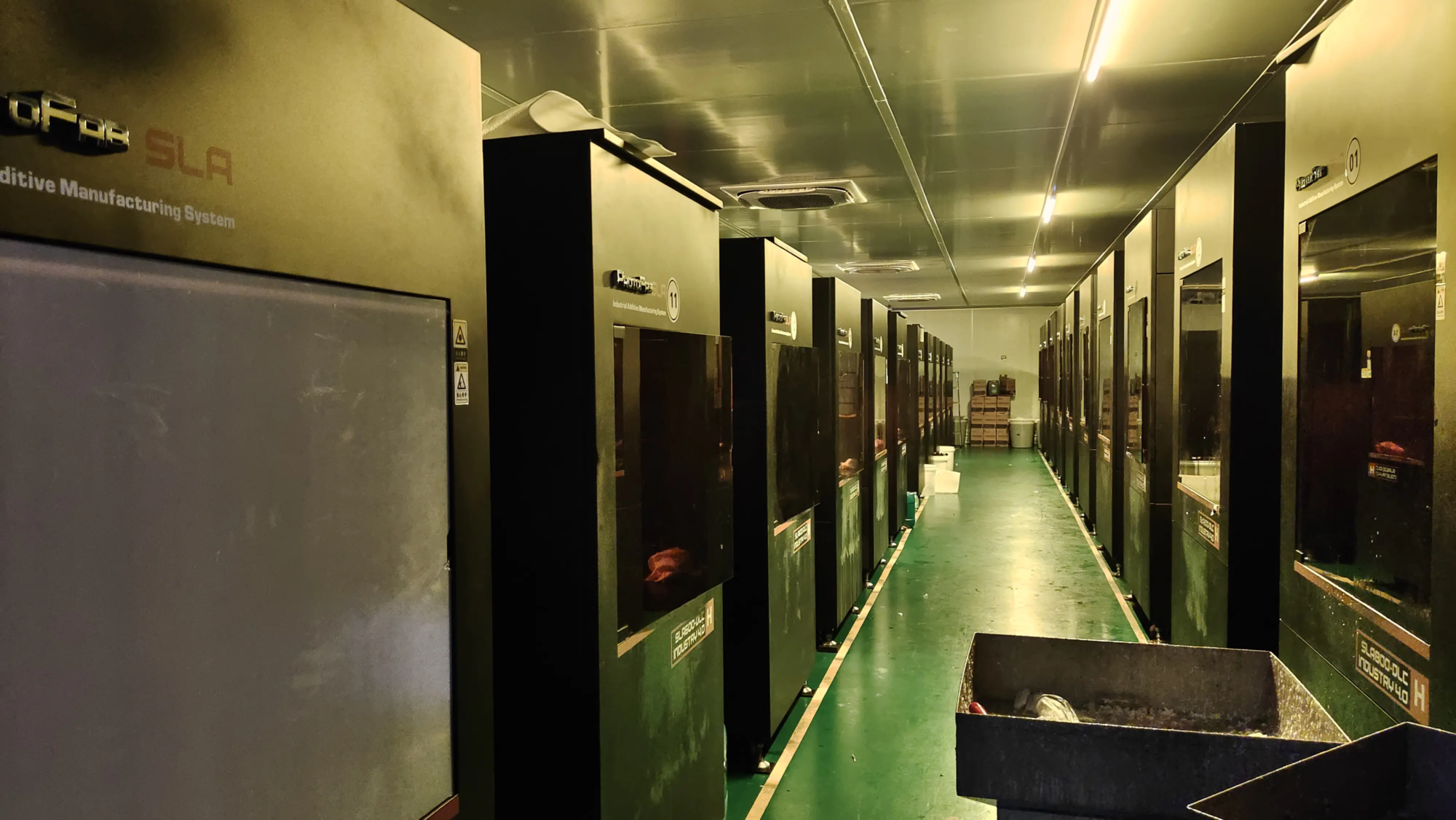3D printing technology has been used to build guesthouses, schools, temples, supermarkets and even entire communities, including 100 residences.
What else can you build with it?
Yes, you can also build a 3D printed hotel.
In the remote desert town of Marfa, Texas, USA, a revolutionary project is in full swing: the world’s first 3D printed hotel is being “printed” layer by layer and is expected to be completed in 2026. Room prices will be then set between $200 and $450 per night.
This hotel is located in El Cosmico Campground, a 21-acre resort. With this expansion, an additional 40 acres of land will be added to create 43 3D printed hotel rooms and 18 residences. This unprecedented project was built jointly by 3D printing company ICON in Austin, Texas, and Danish architectural design firm Bjarke Ingels Group (BIG).
Jason Ballard, CEO of ICON, said this technology goes beyond the limitations of traditional construction techniques and allows designers to explore unprecedented creativity.
“3D printing technology offers more opportunities for design experimentation,” Ballard said. “If you want a square, we can print a square. But I think you’ll find that 3D printing is better for creating curves, organic shapes and more natural construction. It allows designers to break free from the constraints traditional construction techniques and explore more possibilities.
Currently, the hotel uses the Vulcan 3D printer developed by ICON for construction. The printer is 14.2 meters wide, 4.7 meters high, weighs 4.75 tonnes and can print a curved beige wall approximately 3.7 meters high. The “ink” used by Vulcan printers is a special cement mixture that not only ensures structural strength, but also has good printability and weather resistance.
In the long term, 3D printing technology is expected to significantly improve construction efficiency and provide more room for design innovation. However, Milad Bazli, a lecturer in science and technology at Charles Darwin University in Australia, suggested that although 3D printing technology is highly automated, it can operate around the clock and reduce the need for labor. work, this could also affect the employment of certain traditional manufacturers. workers.
“With 3D printing technology, you can cut out a lot of work and only need people who know how to operate a 3D printer,” Bardsley said. “From an architectural point of view it may not be a bad thing, but from a social and social point of view.” From an economic perspective, including the impact on employment in remote areas, this is one of the challenges we need to consider when adopting 3D printing technology.
Through this project, the potential of 3D printing technology in the construction field is fully demonstrated. This technology not only helps design unique buildings and improve construction efficiency, but also has the potential to redefine the development direction of the construction industry. However, it will also pose new challenges to traditional crafts and the labor market, and it is likely that most construction workers will be unemployed in the future.





